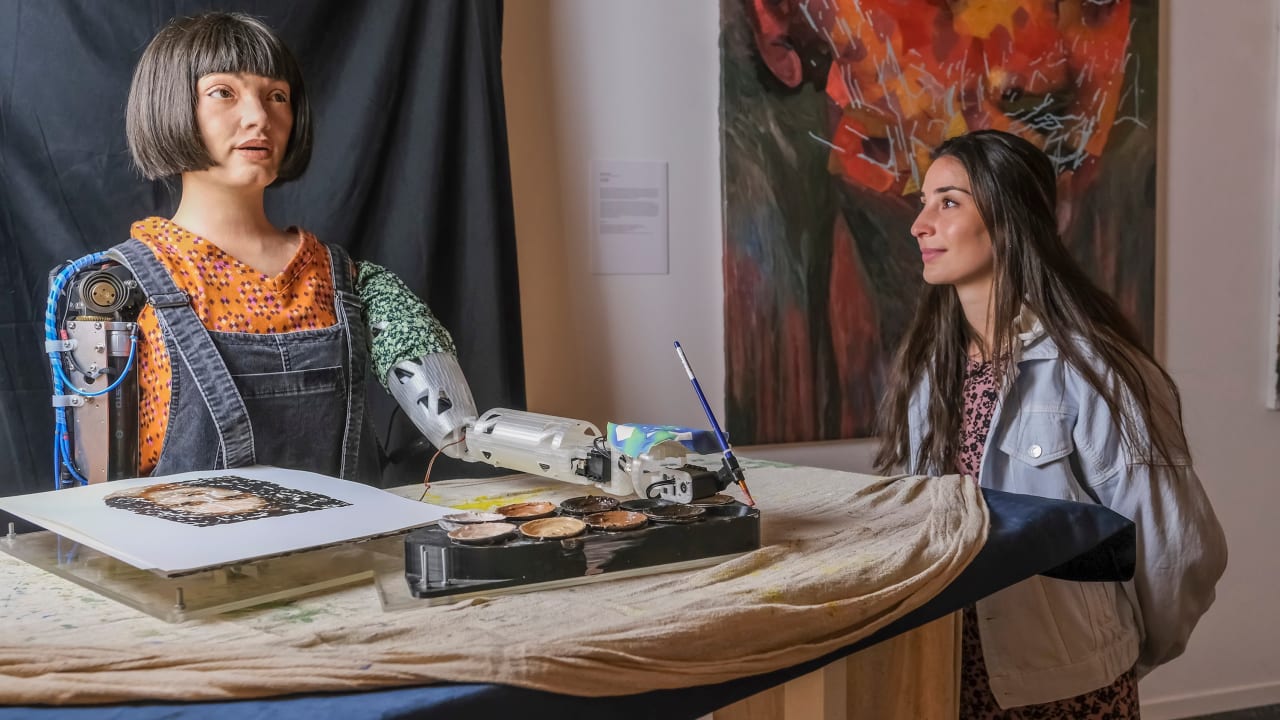For the first time in its almost 130-year history, female artists significantly outweigh men at this year’s Venice Biennale (until 27 November). Among them are Sonia Boyce, who won the Golden Lion for her British pavilion presentation; Zineb Sedira, who has garnered rave reviews for transforming the French pavilion into a cinematographic installation; and the social activist Acaye Kerunen, who is representing Uganda with Collin Sekajugo.
The impact on the market has been almost immediate. In the run up to the biennial and since, these women have all been signed to major galleries—some for the first time in their long and remarkable careers.
Simon Lee is giving Boyce her first solo show with the gallery during Frieze this week; the London dealer announced his representation of the artist in May 2021, telling The Art Newspaper at the time: “We look forward to amplifying Sonia’s vital and urgent voice, to build a legacy for her practice at an international level.” (Boyce continues to be represented by Apalazzo Gallery in Italy.)
In 1987, when she was just 25, Boyce became the first Black female artist to enter the Tate’s collection when the museum bought her drawing, Missionary Position II (1985), for an undisclosed sum. Around that time, she moved from drawing to a more performative social practice, which has arguably been more difficult to collect, particularly for private buyers. The gallery declined to comment on prices, but a spokesperson says Boyce’s solo show “has been extremely well received, both from a critical and commercial perspective”.
Like Boyce, Sedira’s practice leans towards the archival and communal. Last month, the French-Algerian artist joined Goodman Gallery, which has spaces in South Africa and London. (She is also represented by Kamel Mennour in Paris.) Surprisingly for someone who has been based in the UK capital for more than 30 years, Sedira says she has never been approached by a London gallery—perhaps, she suggests, “because my work is focused on French imperialism rather than British”. She adds: “I’m in this funny space; I’m Arab and African. I’m too white to be black and too dark to be white.”
The price gap is more difficult to gauge in the primary market—though, anecdotally, women’s art is consistently devalued compared with men’s. A recent survey of secondary market auction prices found that for every £1 a male artist earns for his work, a woman earns just 10p.
Of the pricing at Stephen Friedman Gallery, Horrocks says gender is never a consideration; rather, they look at “quality and rarity of value”. When it comes to Rothenstein and Coon, he adds: “We are trying to give them the recognition and respect they deserve.”
Pricing Kerunen’s work, meanwhile, is veering into newer territory. Marc Glimcher, Pace’s president and chief executive, says the artist “takes an active role in everything”, including pricing. “It’s all about sustainability and the amount of pressure you put on production,” he says, adding: “Artist representation is more complicated than it’s ever been. We’ve seen a lot of artist agencies pop up in the last year, functioning as managers and agents.”



Comment here